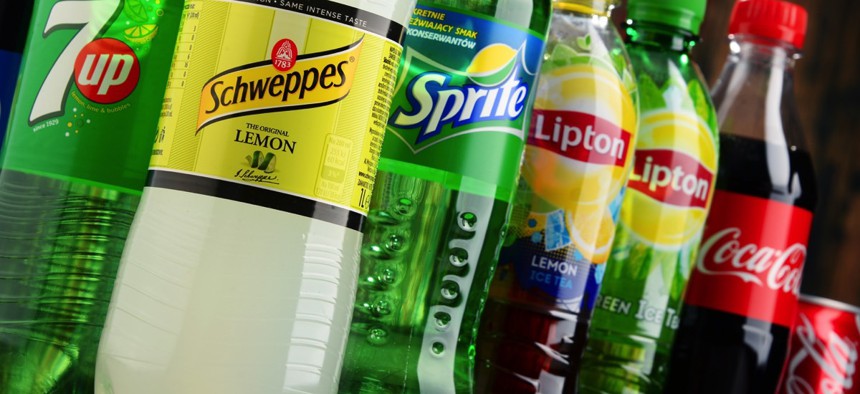Which Soda Tax Model Actually Encourages People to Consume Less Sugar?

When it comes to improving health, there’s a difference between taxing by drink volume and taxing by sugar content, according to a new Urban Institute report.
In mid-June of this year, Philadelphia became the largest U.S. city to begin imposing taxes on sweetened and diet soda.
Along with the City of Brotherly Love, four cities in California—Albany, Berkeley, Oakland and San Francisco—as well as Boulder, Colorado; Cook County, Illinois; and the Navajo Nation have enacted taxes related to sugary drinks.
As even more jurisdictions consider adopting these types of taxes, the Urban Institute’s State and Local Finance Initiative has released a new report that urges policymakers to take a step back and examine the costs and benefits of the various models available to them.
In the broadest sense, there are two models that such taxes might follow. The first model is based on the volume of beverage sold—a larger beverage would be taxed more. For the most part, local governments in the United States have followed this model.
The second model is based on the sugar content in those beverages. Under this model, two beverages might have the same volume, but if one contains seven teaspoons of added sugar it would cost more than the drink that only contains two teaspoons.
The overall conclusion of the report is that lawmakers should tailor their taxes based on the desired outcome:
Policymakers thus face trade-offs among policy goals. The most efficient way to raise revenue from soft drinks is to levy a broad-based sales or volume tax on all sweetened beverages including zero calorie ones. However, if the primary goal is to reduce sugar content then the most efficient way is to tax drinks based on their sugar content.
In short, if local governments want to raise more revenue, tax by volume. But, if the concern is tied to public health, those governments would be better off enacting a tax based on the sugar content of beverages sold.
Read the full report, which was funded in part by the American Heart Association and the Urban Institute’s State and Local Finance Initiative, here.
Quinn Libson writes for Government Executive’s Route Fifty.
NEXT STORY: Dashboard makes city's performance management public (and manageable)






